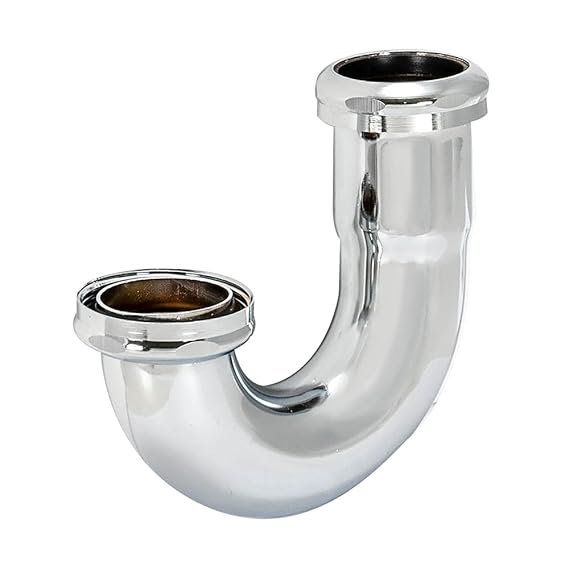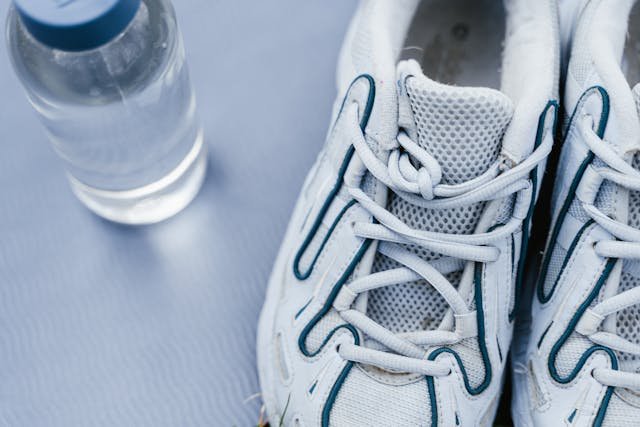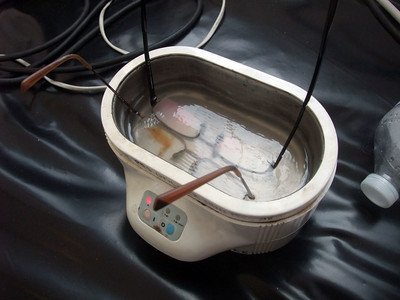If you’ve ever dealt with a clogged sink or a funky smell wafting from your drain, you’ve probably encountered the term “J-trap.” Maybe you nodded along like you knew what it was, or maybe you Googled it and found yourself knee-deep in technical jargon.
Fear not! Let’s break it down in plain, human-friendly terms so you can understand what a J-trap is and why it’s such a crucial part of your plumbing system.
Firstly, What Is a J-Trap?

Think of a J-trap as the unsung hero of your sink or bathtub. It’s that curved piece of pipe under your drain that looks like, well, the letter “J.” Its main job? To stop sewer gases from creeping back up into your home. Yes, you read that right. Without this little guy, your bathroom or kitchen could smell like a poorly maintained outhouse — yikes!
The magic happens because the J-trap holds a small amount of water at all times. This water acts as a barrier, sealing off your home from the gnarly odors lurking in your sewer system. In other words, it’s a tiny moat protecting your castle. But that’s not all; it also catches debris and prevents it from heading deeper into your plumbing system, where it could cause bigger headaches. It’s a simple but brilliant design.
We Knew ‘P-Trap’ But what’s this ‘J-Trap’: What’s the Difference?
Okay, plumbing enthusiasts (or trivia buffs), you might have heard of a P-trap. So, what’s the deal? Let’s dive in a bit deeper to explore the nuances between these two plumbing essentials and help you decide when each might come in handy:
A J-trap is shaped like a “J,” as the name suggests, and is commonly used in tight or compact spaces. This makes it a go-to choice for areas where a P-trap simply won’t fit. Think of RVs, smaller bathrooms, or compact kitchen setups where maximizing every inch is critical. The shorter design can make it easier to install and maintain in cramped conditions.
A P-trap, on the other hand, features a longer horizontal section and is more commonly found in modern plumbing systems, especially in homes built with standard layouts. Its design is slightly more robust, which can make it better suited for managing higher water flow or handling larger debris without clogging as easily.
Despite their differences, both serve the exact same critical purpose: they create a water barrier to block those pesky sewer gases from wafting back into your home. They also catch debris before it travels deeper into your plumbing system, reducing the risk of serious blockages. In fact, some homes use both types, depending on the plumbing layout and the specific requirements of different fixtures.
Curious about which one you have in your home? Take a peek under your sink, and you might spot the unique curves that make these traps easy to identify. Either way, understanding the distinction can help you troubleshoot issues more effectively and even guide your decisions if you’re planning a DIY plumbing upgrade or a renovation project.
Why Should You Care About Your J-Trap?
Here’s the thing: J-traps don’t usually demand your attention … until something goes wrong. And when they do, it’s usually one of these scenarios:
- Clogs: Hair, grease, food particles, or that bobby pin you accidentally dropped down the sink can get stuck in the curve of the J-trap.
- Odors: If the trap dries out (like in a rarely used guest bathroom), it can no longer block those nasty sewer gases.
- Leaks: Over time, the fittings can loosen, or the pipe itself can crack.
Knowing how to spot and fix these issues can save you a lot of frustration (and money). But even if your J-trap is functioning perfectly, it’s good to understand its role. A little knowledge can go a long way when it comes to keeping your plumbing in tip-top shape.
Common J-Trap Problems and How to Solve Them
1. The Infamous Clog
Ever notice water pooling in your sink and draining slower than molasses? That’s a telltale sign your J-trap might be clogged. Here’s how you can tackle it like a pro:
Step 1: Put on some rubber gloves and grab a bucket. Trust me, you’ll want that bucket to catch any gunk and water.
Step 2: Locate the J-trap under the sink. You’ll see two connections holding it in place.
Step 3: Loosen the nuts (hand-tightening is usually enough, but you might need pliers if they’re stubborn).
Step 4: Carefully remove the J-trap and empty its contents into the bucket. Be prepared for a mix of water, soap scum, and who-knows-what.
Step 5: Rinse the trap thoroughly, reattach it, and run water to ensure everything’s flowing smoothly.
It might not be the most glamorous chore, but it’s oddly satisfying to see your sink drain like a dream again. Plus, you just saved yourself a call to the plumber!
2. The Dreaded Sewer Smell
If you’re catching whiffs of something foul, it could mean the water in your J-trap has evaporated. This happens in sinks that don’t get much use, like in a basement or guest room.
Quick Fix: Simply run water for a minute or two to refill the trap.
Pro Tip: Add a few drops of mineral oil to the drain. It slows evaporation and keeps the trap’s water barrier intact for longer. This small trick can work wonders for rarely used sinks.
3. Leaks: The Silent Drip
A leaking J-trap can be sneaky. You might not notice it until you find water damage under your sink. Here’s how to address it:
Inspect the Trap: Look for cracks or corrosion. If it’s damaged, it’s time for a replacement.
Check the Connections: Sometimes, a simple tightening of the nuts is all it takes.
Replace Washers: If tightening doesn’t work, the washers might need replacing. They’re cheap and easy to find at any hardware store.
Being proactive with small repairs can prevent larger plumbing issues down the line. If you’ve got basic tools and a bit of patience, most J-trap fixes are well within reach.
DIY Tips for Maintaining Your J-Trap
If you’re someone who likes to keep things running smoothly, here are a few simple maintenance tips:
- Flush Regularly: Even if you don’t use a sink often, run water through it occasionally to keep the trap from drying out.
- Use a Drain Strainer: This prevents large debris from entering the trap and causing clogs.
- Avoid Harsh Chemicals: Drain cleaners can corrode pipes over time. Opt for a mixture of baking soda and vinegar for a gentler cleaning solution.
Last words:
Your J-trap might not be the most glamorous part of your home, but it’s certainly one of the most essential. Treat it with a little TLC, and it will keep your sinks draining smoothly and your home smelling fresh. From routine cleaning to quick fixes, a bit of effort goes a long way.
And if you’re ever unsure about tackling a plumbing issue, remember: there’s no shame in calling an expert. After all, plumbing is one of those things best done right the first time. Whether it’s a clog, a smell, or a mysterious drip, understanding your J-trap is the first step to becoming your home’s plumbing hero.
So, next time someone casually drops “J-trap” into a conversation, you can nod confidently and maybe even share a tip or two. Because now, you’re basically a J-trap aficionado.



